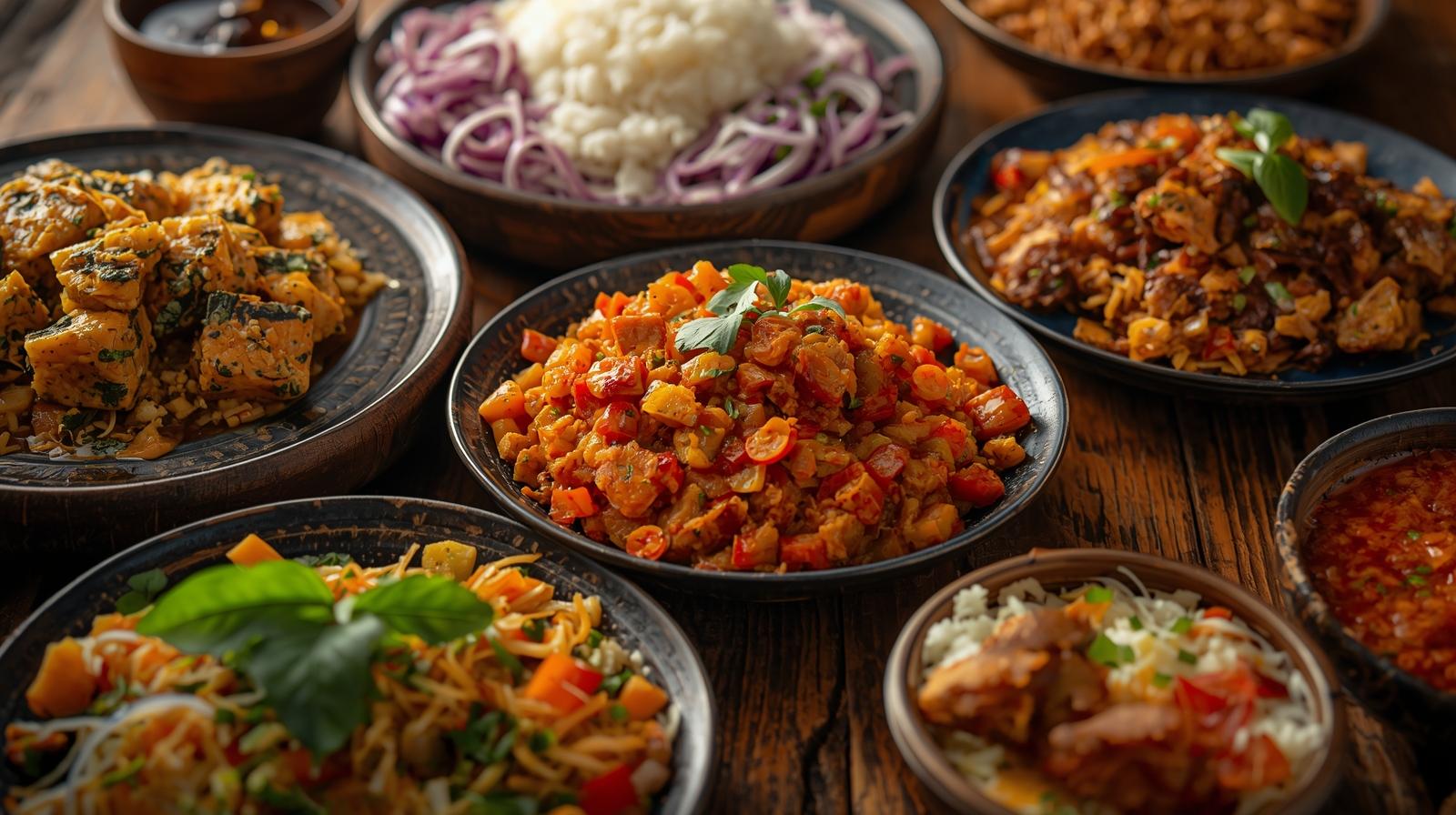
A Nutritionist’s Warm Guide to When to Enjoy Flaxs
Nutritionist Deepsikha Jain recommends 1–2 tablespoons of flaxseeds—morning, before meals or as a sn

For decades, the restaurant world celebrated white tablecloth service, ornate plating and long tasting menus designed to dazzle. Lately, however, an increasing number of cooks are stepping away from that spectacle. They are exchanging Michelin-focused kitchens for neighbourhood markets, fine-dining mise-en-place for charcoal grills, and rare imports for homegrown herbs.
At the heart of this movement is a renewed appetite for genuine, place-based food.
From the streets of Toronto to the souks of Dubai and the lanes of Mumbai, chefs are mining their own culinary backgrounds—reworking regional recipes, family techniques and local ingredients into menus that tell personal stories. Rather than leaning on a European fine-dining template, they’re reviving recipes that reflect where they come from.
Emirati kitchens, for instance, are reimagining classics such as machboos and harees, while Indian chefs shine a spotlight on hyperlocal traditions like Goan, Chettinad and Kumaoni fare.
But this is not simple nostalgia; it is a deliberate cultural and culinary choice.
Several practical and philosophical forces are nudging chefs away from haute-cuisine conventions:
High-end dining can create distance between plate and diner, turning meals into intellectual exercises. Regional cooking invites a different response: diners connect through memory, family stories and cultural context.
Chefs appreciate this because it gives their food a deeper sense of meaning.
Importing exotic components is costly and often environmentally burdensome. By leaning on seasonal, local produce, chefs reduce waste, support nearby farmers and shrink their carbon footprint.
That farm-to-fork approach has become central to many contemporary kitchens.
The pandemic shifted diners’ priorities toward comfort, warmth and authenticity over elaborate presentation. With restaurants rebuilt under tighter margins and staffing challenges, many chefs recognised that people wanted food that felt honest and familiar.
Rather than measuring success by Western standards of luxury, chefs are celebrating their own culinary lineages. Cuisines from the Middle East, Africa, South and Southeast Asia—once dismissed as too rustic—are now being reframed as sophisticated and nuanced.
The idea of authenticity is complex. Is a dish true because of its ingredients, its technique, or the story it carries?
Today’s chefs are not fossilising tradition; they’re interpreting it. A centuries-old recipe may receive a contemporary twist, but its spirit and emotional core remain intact.
As one chef put it:
“Authenticity isn’t about repeating the past word for word—it’s about honouring it while making food that belongs to now.”
Dubai: Kitchens such as Orfali Bros and BOCA fuse modern technique with deep Middle Eastern roots to spotlight regional identity.
India: Chefs are elevating street and regional specialties into refined dining without erasing their essential character.
Lebanon & Jordan: Traditional ingredients like olive oil, local spices and ancient grains are being used to refresh Levantine dishes for international diners.
This culinary shift is about progress, not mere sentimentality.
Fine dining is not disappearing; it is reshaping its purpose. The emphasis has moved from decorative extravagance to dishes that carry story, place and honest flavour.
By embracing regional roots, chefs are reclaiming their voices and crafting food that feels intimate, local and enduring.
In many ways, the highest compliment a meal can earn now is simple: it makes you feel connected.